Last week I had the privilege of touring Seattle’s new waterfront park with my friend Owen Oliver. A writer and artist, he has been a key consultant to park designers highlighting Coast Salish priorities. We first met several years ago when he reached out to me about my book Homewaters. I was deeply honored when he wrote: “I appreciated everything you did to give justice to the landscape learned knowledge of the Indigenous people.” Since then, we have had many fine conversations; I always learn from Owen.
Our tour began in the north at Pike Place Market. Owen emphasized the place-based design by pointing out the Overlook Walk, which leads down to the waterfront. “Designed by Valarie Segrest of the Muckleshoot people, it’s a small scale trip from the mountains to the sea with many plants central to Indigenous communities. The goal is to illustrate the connections linking land and water.” As we descended the walkway, Owen pointed out western red cedars, Douglas firs, salmonberry, salal, and other local plants, each carefully chosen to emphasize the ecological and human communities embracing this place.
As the walkway opened up, Owen encouraged us to look down. We were now atop the Aquarium. Sandblasted into the concrete are images—created by Owen—of butter clams, geoducks, Olympia oysters, and moon snails. One person in our group described it as modern midden. “I love the idea that you are walking on clams, further connecting you to the water,” said Owen said. He also told us that he purposefully didn’t want a sign telling visitors about the clams. “I wanted people to notice them and wonder and perhaps make the connections themselves.”
Running alongside Owen’s clam garden were beautiful wood benches. All are made of Alaskan yellow cedar, a lesser known tree native to the Cascades. Owen told us that the builders have worked closely with local tribes to source as much local material as possible.
When we reached the south end of the overlook, Owen had us stand on a slight rise and look again at the ground. Below was another pattern sandblasted into the concrete. More abstract than the clams, it consisted of geometric shapes that formed a sort of open triangle. If the sky had been clear, we might have clued in quicker that we were seeing Tahoma, which rises directly to the south. “I based this on a basket design. I wanted people to think about how art comes from the land and about how land and water are woven into art,” said Owen.
In addition, he pointed out the nearby interpretive sign, which labels the mountain as Tahoma and not as Mt. Rainier. One of great things working on this project, said Owen, is that the Aquarium no longer uses Rainier as a name. “It’s clear that working with Native people has changed the way non-Native people think about and react to place.”
Continuing on, Owen showed us his basket series, also sandblasted. “As you walk along, you see all of these resources, such as clams and huckleberries. Here they have been gathered and fill baskets.” The plants and animals and the people cannot be seen separately. Like the relationship between landscape and art, the natural and cultural worlds of Native people are interwoven; you cannot tell the story of one without telling the story of the other.
At the entrance to the new Aquarium, we looked up at the oculus into a massive shark tank, down at an etching of a massive spindle whorl, and inside at glass fish. Lummi artist Dan Friday made the fish and designed the spindle. Owen told us that “Dan’s art is meant to show a larger connection inviting us into the wider Pacific Ocean guided by salmon and inspired by Grandmother Rock, who holds knowledge.”
Owen ended the tour in front of the Ferry Terminal. We were also at the south end of the largest artwork. Working with Suquamish artist Randi Purser and Muckleshoot artists Tyson Simmons and Keith Stevenson, Oscar Tuazon created a three-block long homage to Indigenous longhouses. It consists of 22 pairs of Douglas fir post-and-beam structures adorned at either end with carvings. Randi Purser’s depicts a baby Chief Seattle, a mountain goat-adorned spindle whorl, and a frog-covered cedar hat. At the south end, the carving by Tyson Simmons and Keith Stevenson is in the form of a warrior. The longhouse and carvings are stunning and beautiful.
I have to admit that when I first heard of the plans for the post-Viaduct waterfront, I was skeptical. I knew the Viaduct was problematic on many levels, but I liked the view and was somewhat partial to its gritty ugliness; I thought of it as a sort of concrete thumb in the face of what can sometimes be the preciousness of Seattle.
Not until I saw the more completed waterfront did I realize the error of my viewpoint. The designers did a stunning job of creating a new kind of place in Seattle. With big views, and wide open spaces oriented toward pedestrians, the waterfront park is an invitation for people to begin strengthening their own connections between the land and sea.
I didn’t fully grasp though what makes this place so special, until I walked with Owen. Seeing the waterfront through his eyes was an amazing anecdote to the news of the world. By so thoroughly incorporating the long running story of Indigenous people, the park is, I hope, a turning point toward more respectful relationships between all who live in this magnificent place we call home. We can learn from each other; we can learn from the land. We can listen to each other; we can listen to the land. We can be inspired by each other; we can be inspired by the land. Like the weft and weave of a basket, we are made stronger by working together.
February 19 - 7pm - Elliott Bay Bookstore - Book launch of Seattle Walks, the second edition. Updated and even more thrilling than the first edition, the has 18 walks around the city. I’ll be interviewed by Taha Ebrahimi, author of Street Trees of Seattle. An RSVP is requested.




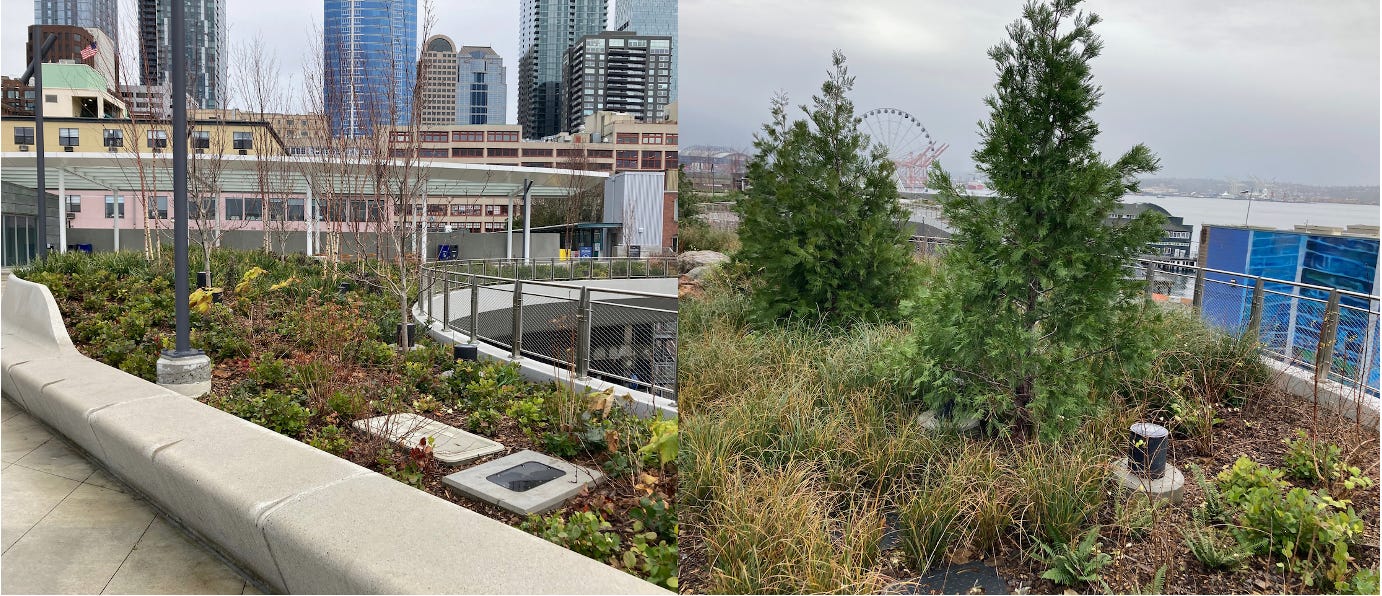
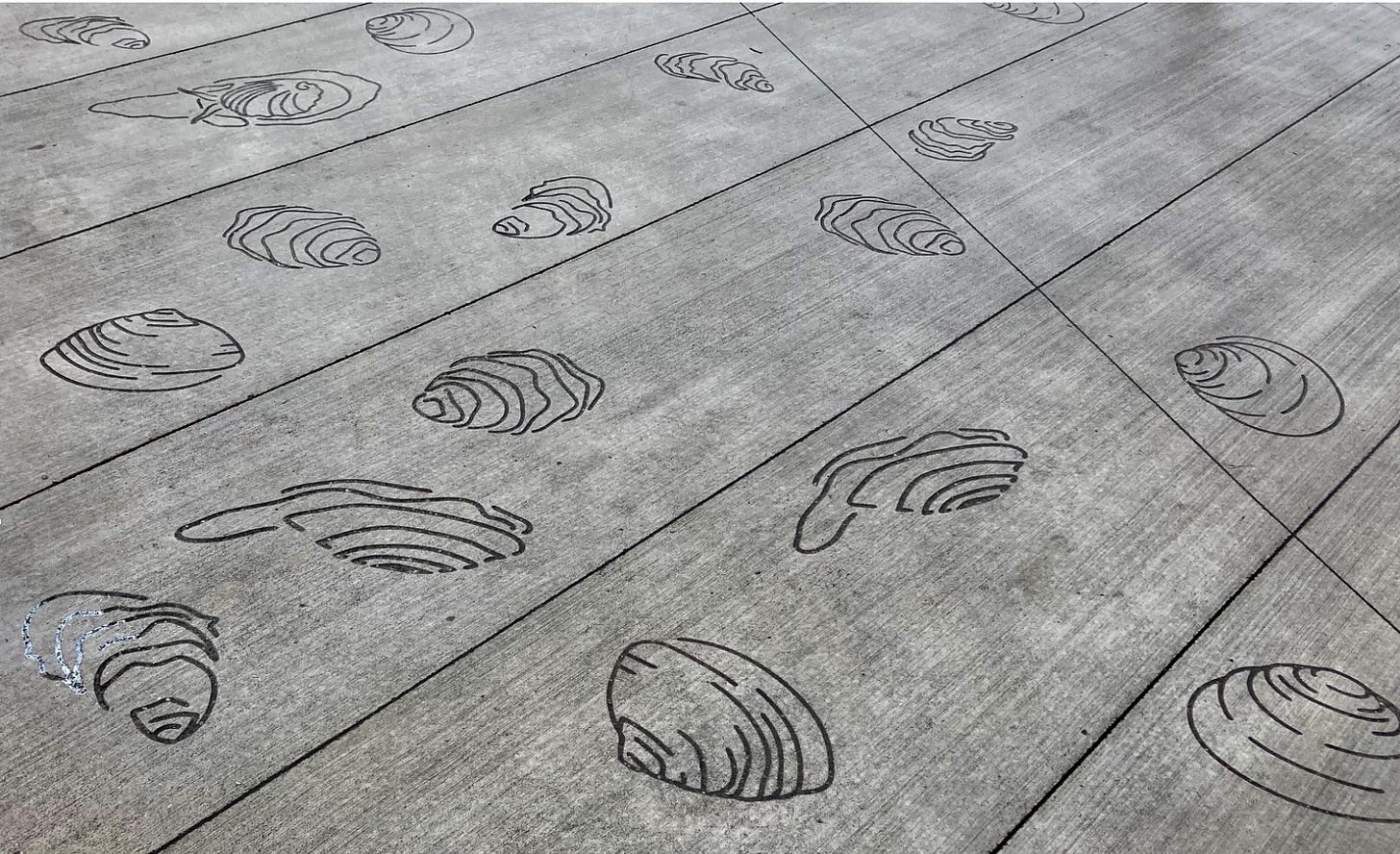





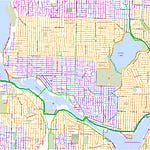
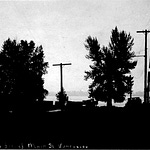
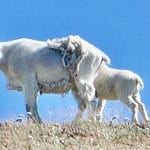

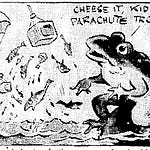
Share this post